Description
An ion-exchange resin is a resin that acts as a medium for ion exchange. It is an insoluble matrix (or support structure) normally in the form of small (0.25–0.5 mm radius) microbeads, usually white or yellowish, fabricated from an organic polymer substrate. The beads are typically porous, providing a large surface area on and inside them. The trapping of ions occurs along with the accompanying release of other ions, and thus the process is called ion exchange. There are multiple types of ion-exchange resin. Most commercial resins are made of polysterenesulfonate.
Ion-exchange resin beads
Ion-exchange resins are widely used in different separation, purification, and decontamination processes. The most common examples are water softening and water purification. In many cases ion-exchange resins were introduced in such processes as a more flexible alternative to the use of natural or artificial zeolites. Also, ion-exchange resins are highly effective in the biodiesel filtration process.
In this application, ion-exchange resins are used to remove poisonous (e.g. copper) and heavy metal (e.g. lead or cadmium) ions from solution, replacing them with more innocuous ions, such as sodium and potassium.
Few ion-exchange resins remove chlorine or organic contaminants from water – this is usually done by using an activated charcol filter mixed in with the resin. There are some ion-exchange resins that do remove organic ions, such as MIEX (magnetic ion-exchange) resins. Domestic water purification resin is not usually recharged – the resin is discarded when it can no longer be used.Water of highest purity is required for electronics, scientific experiments, production of superconductors, and nuclear industry, among others. Such water is produced using ion-exchange processes or combinations of membrane and ion-exchange methods. Cations are replaced with hydrogen ions using cation-exchange resins; anions are replaced with hydroxyls using anion-exchange resins. The hydrogen ions and hydroxyls recombine producing water molecules. Thus, no ions remain in the produced water. The purification process is usually performed in several steps with “mixed bed ion-exchange columns” at the end of the technological chain
Types of resins[edit]
Most typical ion-exchange resins are based on crosslinked polystyrene. The actual ion-exchanging sites are introduced after polymerisation. Additionally, in the case of polystyrene, crosslinking is introduced by copolymerisation of styrene and a few percent of divinylbenzene. Crosslinking decreases ion-exchange capacity of the resin and prolongs the time needed to accomplish the ion-exchange processes but improves the robustness of the resin. Particle size also influences the resin parameters; smaller particles have larger outer surface, but cause larger head loss in the column processes.[2]
Besides being made as bead-shaped materials, ion-exchange resins are also produced as membranes. These ion-exchange membranes, which are made of highly cross-linked ion-exchange resins that allow passage of ions, but not of water, are used for electrodialysis.
Four main types of ion-exchange resins differ in their functional groups:
- strongly acidic, typically featuring sulfonic acid groups, e.g. sodium polystyrene sulfonate or polyAMPS,
- strongly basic, typically featuring quaternary amino groups, for example, trimethylammonium groups, e.g. polyAPTAC),
- weakly acidic, typically featuring carboxylic acid groups,
- weakly basic, typically featuring primary, secondary, and/or tertiary amino groups, e.g. polyethylene amine.
Specialised ion-exchange resins are also known such as chelating resins (iminodiacetic acid, thiourea-based resins, and many others).
Anion resins and cation resins are the two most common resins used in the ion-exchange process. While anion resins attract negatively charged ions, cation resins attract positively charged ions.

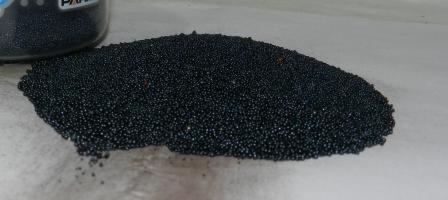
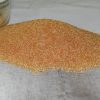
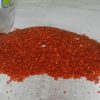
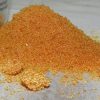
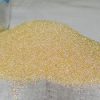
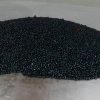
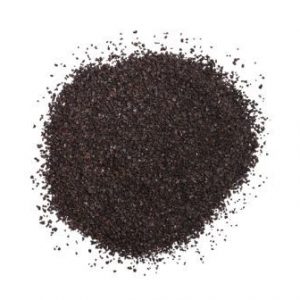
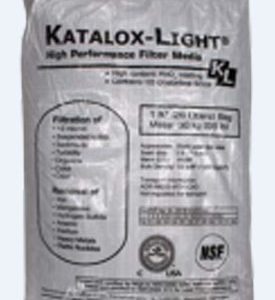
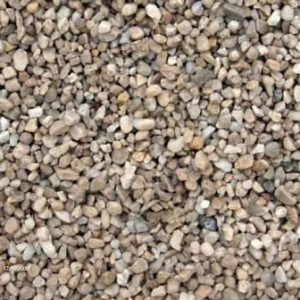
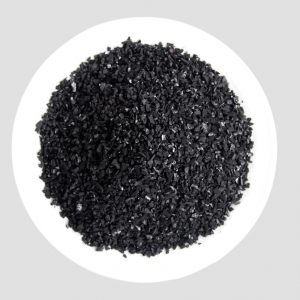
Reviews
There are no reviews yet.